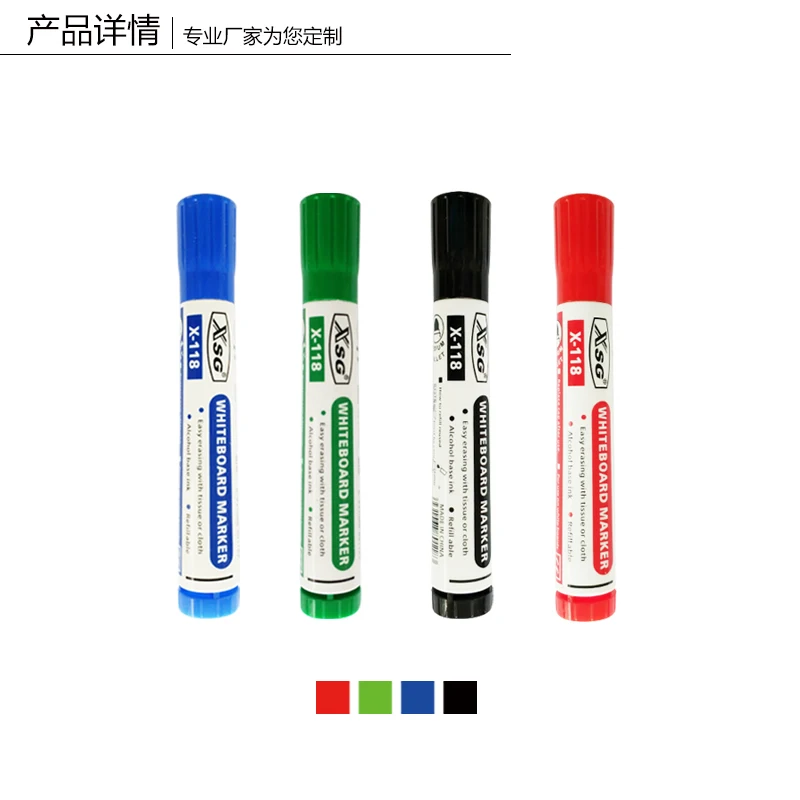
Methylene blue (MB), for example, can be switched between blue colour in an oxidizing environment and colourless (leuco form, LMB) in a reducing environment 26, 27, 28. They may serve as promising imaging media for the development of rewritable paper if their redox reactions can be manipulated properly. Redox dyes can reversibly change colour on redox reactions. As a result, it is of high interest to develop rewritable papers based on new colour switching mechanisms 24, 25.

However, only limited progresses have been made in this area because of some major challenges 20, 21, 22: (i) colour switching often becomes much slower when dyes are present in solid media instead of solution, as their molecular mobility is markedly restricted 23, (ii) many switchable dyes retain their colour for only several hours under ambient conditions, which is too short for reading, (iii) the toxicity of switchable dyes is often an issue for daily use and (iv) most switchable dyes involve complex synthesis and are therefore expensive. Conventionally, organic dyes capable of undergoing reversible colour switching based on the photoisomerization of constitute chromophores were proposed for potential use as the imaging layer in rewritable printing media 12, 13, 14, 15, 16, 17, 18, 19. Rewritable paper that can be used multiple times and does not require additional inks for printing is therefore an attractive alternative that can have enormous economical and environmental merits to modern society 5, 6, 7, 8, 9, 10, 11. According to recent international surveys, 90% of all information in businesses is currently retained on paper however, most of the prints are disposed after only one-time reading, which not only significantly increases business operating cost on both paper and ink cartridges but also creates huge environmental problems including deforestation, solid waste and chemical pollution to air, water and land 3, 4. To represent the original ink makers, we even supply sets of traditional pointed bamboo stick s, as used in China, and sets of manuscript dip pen nibs with pen holder.Although we now live in an age dominated by electronic media, paper still plays a very important role in communication and information storage, as evidenced by its tripled global consumption over the past three decades 1, 2. In addition, we also supply a variety of application tools, reflecting the long and storied history of the medium.

Martin, Winsor & Newton and Parker in a range of colours and sizes. However it is generally much cheaper than pigment ink.Īrtway naturally supply a huge amount of ink varieties in both pigment based and dye based versions, from a variety of well known brands, including Dr.


Dye based ink, conversely, is much more colour-dense and can be produced in a wider variety and brightness of colours, but suffers from not being as lightfast as pigment ink and tends to bleed when water is re-applied. Indian ink is probably the oldest and most famous example of pigment ink. They can even be used as a watercolour equivalent, by diluting the ink colour tones with water, and applied as a wash, with the subsequent layers applied without bleeding, once dry, for unique effects. The main differences are that pigment ink is waterproof when dry and is very lightfast (they won’t fade over time) - this means they are often used for outline tasks in graphic design, illustration or comics/manga, as the ink lines will not bleed when adding subsequent layers of paint or ink. All inks fall into one of only two types - either pigment based or dye based.


 0 kommentar(er)
0 kommentar(er)
